________________________________________________________________________________
Compact Track Loaders / Bobcat Compact Track Loaders / Bobcat T250Bobcat T250 Track Loader Troubleshooting
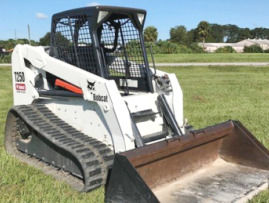
The Bobcat T250 compact track loader is powered by 203.2 cu.in (3.3L) Kubota V3300-DI-T 4-cylinder direct injection turbocharged diesel engine with a rated power of 78.3 hp (58 kW). The Bobcat T250 is equipped with a single-speed hydrostatic transmission, hydraulic disc brakes, and rubber tracks with steel inserts. The hydraulic system has a pump with fluid flow rate of 21.2 gpm (80.3 lpm). The hydraulic pressure is 3300 psi (227.5 bar). The compact track loader has a rated operating capacity of 2640 lbs (1200 kg) and tipping load of 7540 lbs (3428 kg). The boom lifting force is 5500 lbs (2500 kg), and bucket breakout force is 5530 lbs (2513 kg).
Engine Troubleshooting
Diesel hard to start or doesn't start
Air trapped in fuel system - Bleed air.
Fuel filter element is dirty - Replace the filter element.
Fuel injection nozzles are damaged or dirty - Install a new kit of correctly balanced nozzles.
Water in the fuel system - Change fuel and repair fuel system.
The valve clearance is not adjusted - Check and adjust.
Fuel injection pump is defective - Change pump or rebuild it.
Engine starts and then shuts off
Air cleaner is dirty - Clean or change cleaner.
Dirty fuel filter - Change the filter element.
Problems with fuel injection pump tightness - Inspect fuel injection pump for leaks.
Fuel injectors are dirty or defective - Inspect fuel injectors and change as required.
Fuel injection pump malfunction - Repair or install new pump.
Engine shuts off suddenly while running
Engine is not preheated - Warm up the engine as required.
Clogged fuel filter - Install new filter element.
Air in the fuel system - Air bleeding.
Clogged or burnt injection nozzle - Change fuel injection nozzles.
Incorrect adjustment of fuel injection pump timing - Check the fuel injection pump timing adjustment.
Engine stalls when idling
Wrong adjustment of low idle speed - Adjust low idling as recommended.
Fuel injection pump malfunction - Change or repair the pump.
Clogged or defective injectors - Clean fuel injectors or change it.
Valve clearance is out of adjustment - Adjustment procedure required.
Engine loses power
Clogged air cleaner - Clean or replace air cleaner element.
Dirty or damaged injection nozzles - Clean or change injection nozzles.
Fuel injection pressure is wrong - Test fuel injection pressure and adjust it correctly.
Improper valve clearance - Have it adjusted.
Incorrect low idle speed adjustment - Normalize low idle speed.
Restricted fuel lines or hoses - Clean fuel system hoses and lines.
Worn cylinder head gasket - Change cylinder head gasket.
Piston rings are broken or leaking - Change piston rings.
Engine is overheated
Not enough coolant - Refill to the correct level and inspect system for leaks.
Engine oil level is low - Fill up the engine oil.
Clogged radiator fins or leaking radiator cap - Clean radiator or install new cap.
Fan belt slipping or worn - Belt change is required.
Diesel engine overloaded - Load reducing required.
Oil pressure too low
Oil level is low - Check and refill the oil.
Clogged oil filter element - Replace or clean engine oil filter element.
Oil grade or viscosity is incorrect - Drain crankcase and refill with correct oil.
Crankshaft bearing oil clearance is incorrect - Replace bearings.
Oil pump is worn or damaged - Replace as required.
Engine knocking sound or abnormal noise
Engine oil insufficient - Add oil to the engine crankcase.
Coolant temperature is low - Normalize the temperature by warming up the engine.
Fuel injection pump timing is wrong - Adjust according to specifications.
Low idle speed set incorrectly - Adjust as required.
Fuel injectors are faulty or clogged - Change or clean fuel injectors.
Connecting rod is not aligned or defective - Connecting rod must be aligned or replaced.
Scored or worn pistons - Replace the pistons as required.
Drive system doesn't function in one direction or either direction
Low hydraulic oil level - Checking hydraulic oil level and add if necessary.
Defective or blocked undercarriage tracks - Correct blockage or repair tracks.
Worn or damaged relief valve - Repair or change.
Hydraulic filter or suction line is clogged - Clean suction line or replace hydraulic filter.
Faulty foot or hand controls - Check and repair as required.
Damaged drive pump or motor - Check and repair if required.
Machine will not move straight or moves jerkily
Undercarriage tracks are defective or jammed - Repair or remove jamming.
Tracks are sagging or worn - Correct track sag with tensioning or repair tracks.
Foreign objects, debris, or dirt jammed in track frame - Clean undercarriage track frame, remove debris.
Reduced power
Plugged hydraulic oil filter - Replace or service hydraulic filter.
Defective or open relief valve - Change or close relief valve.
Transmission parts are damaged or faulty - Check and replace defective components.
Input drive shaft is worn - Repair or replace faulty drive shaft.
There is air in the hydraulic system - Bleed air from system.
Drive system keeps overheating
Hydraulic oil is insufficient - Fill the system to proper hydraulic oil level.
Plugged hydraulic fluid filter - Replace or service hydraulic filter.
Relief valver is broken - Rebuild or install a new relief valve.
Hydraulic motor or drive pump is worn - Change or repair faulty component.
Oil cooler is clogged - Cooling fins need to be cleaned.
Transmission overloading - Reduce loading.
Drive system is noisy
Wrong oil viscosity - Use proper oil viscosity.
There is air in the hydraulic system - Air bleeding is required.
Drive pump or hydraulic motor malfunction - Inspect and replace as necessary.
Defective or worn mechanical components of drive system - Inspect drive system and replace faulty parts.
Hydraulic system overheats
Hydraulic pressure is incorrect - Hydraulic pressure must be set correctly.
Main relief valve malfunction or improper adjustment - Adjust relief valve or change if required.
Hydraulic fluid is contaminated - Change hydraulic fluid.
Lack of hydraulic oil - Add oil to the hydraulic system.
Faulty hydraulic oil pump - Change or repair hydraulic pump if required.
Boom won't lower or raise
Lift controls are damaged - Repair or replace.
Damaged hydraulic oil pump - Repair or replace pump if necessary.
Hydraulic control valve malfunction - Repair or change the valve.
Defective hydraulic cylinder - Repair or replace hydraulic cylinder.
Hydraulic oil is insufficient - Checking hydraulic oil level and add if necessary.
Bucket does not function
Bucket tilt controls are defective - Check and repair as required.
Damaged hydraulic oil pump - Install new pump or repair it.
Damaged hydraulic control valve - Replace or repair the valve.
Faulty hydraulic bucket cylinder - Replace or repair cylinder.
Hydraulic fluid is insufficient - Checking hydraulic fluid level and add if necessary.
Slow boom or bucket operation
Defective hydraulic pump - Test the pump flow rate and change pump if required.
Hydraulic cylinder oil leakage - Repair leak by replacing the seals.
Insufficient hydraulic fluid - Checking hydraulic fluid level and add if necessary.
Hydraulic control valve is unadjusted or worn - Repair or adjust properly.
Hydraulic pressure is low - Correct adjustment is required.
Lift arm or bucket movements are jerky
Air in the hydraulic system - Bleed hydraulic system.
Hydraulic oil filter element is clogged - Clean or change the filter.
Hydraulic oil contamination - The oil must be changed.
Scored cylinder tube or rod - Replace defective component.
Excessive hydraulic pump noise
Hydraulic leaks or lack of oil - Correct hydraulic leaks or top up oil as needed.
Hydraulic filter clogging - Clean or change the filter.
Clogged suction line - Suction line must be serviced.
Pump sucks air - Remove air from hydraulics.
Worn pump parts - Rebuild or install new pump.
Battery won’t charge
Loose or corroded electrical wiring connections - Tighten or clean connections.
Faulty battery terminal connectors - Replace terminal connectors.
Battery faulty cell - Replace the battery.
Belt is damaged or loose - Replace belt or adjust belt tension.
Starter motor cranks slow
Low battery capacity - Charge the battery.
Battery runs out quickly - Battery needs to be serviced or replaced.
Bad battery terminals or disconnected wiring - Connect wiring properly or install new terminals.
Starter motor won't turn
Battery is discharged or defective - Recharge or change battery.
Wiring is improperly connected or disconnected - Check wiring and connect properly.
Low battery output - Battery is drained, recharge it.
Damaged starter motor - Starter should be replaced.
________________________________________________________________________________
| BOBCAT SKID STEER AND COMPACT TRACK LOADERS |
________________________________________________________________________________________
________________________________________________________________________________________
________________________________________________________________________________________
| GEHL SKID STEER AND COMPACT TRACK LOADERS |
________________________________________________________________________________________
________________________________________________________________________________________
________________________________________________________________________________________
| CASE SKID STEER AND COMPACT TRACK LOADERS |
________________________________________________________________________________________
________________________________________________________________________________________
________________________________________________________________________________________
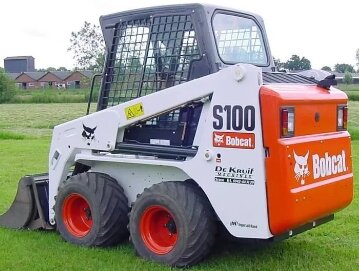 S100
S100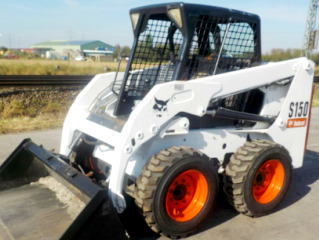 S150
S150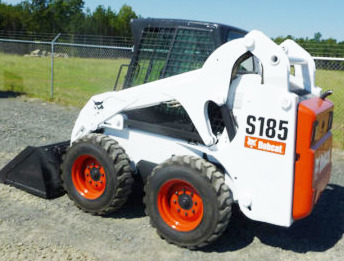 S185
S185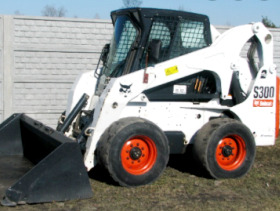 S300
S300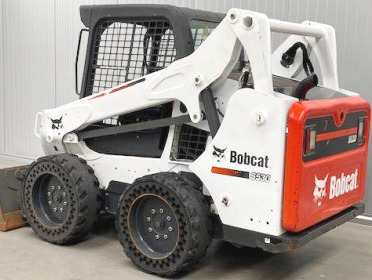 S530
S530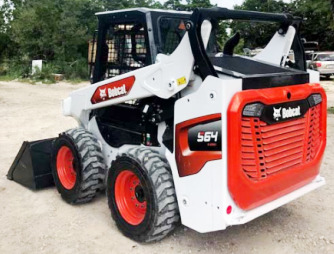 S64
S64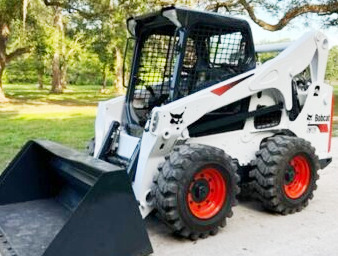 S740
S740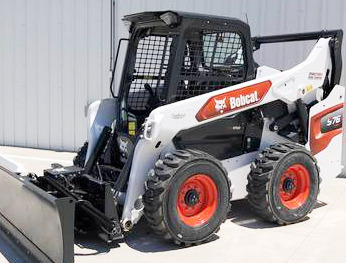 S76
S76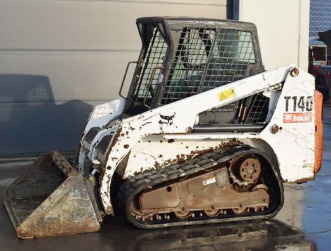 T140
T140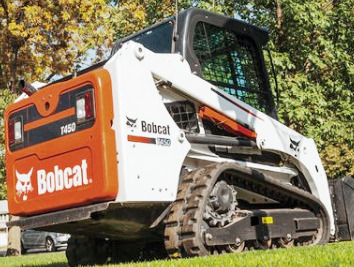 T450
T450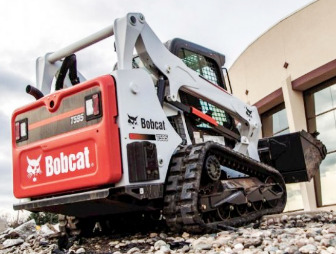 T595
T595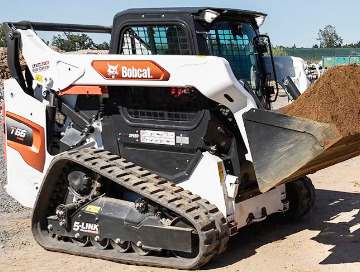 T66
T66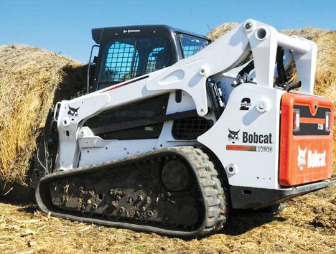 T750
T750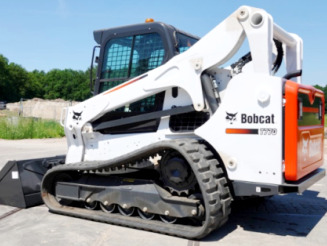 T770
T770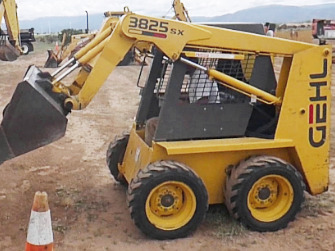 3825SX
3825SX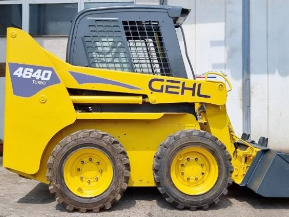 4640
4640 5625DX
5625DX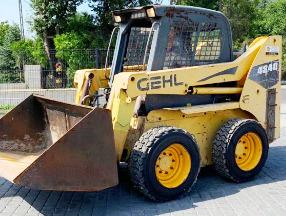 4840E
4840E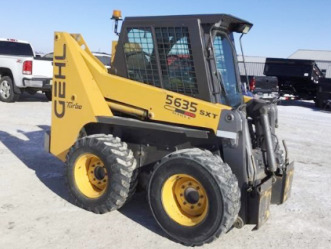 5635SXT
5635SXT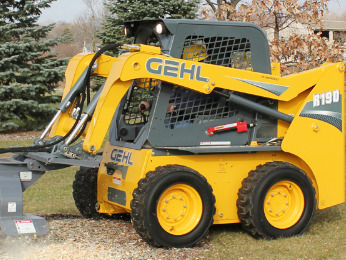 R190
R190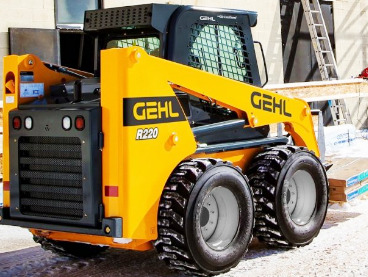 R220
R220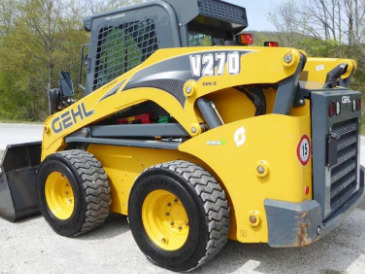 V270
V270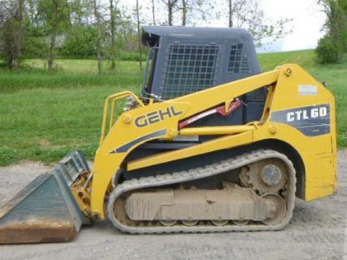 CTL60
CTL60 CTL75
CTL75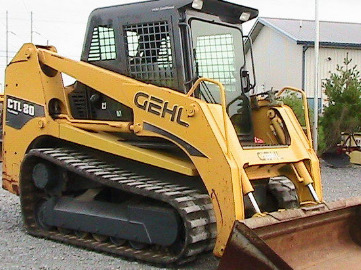 CTL80
CTL80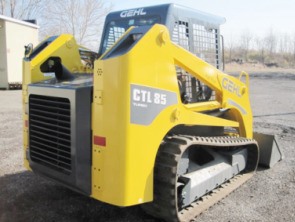 CTL85
CTL85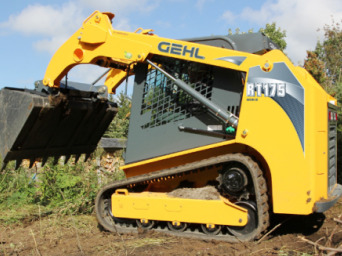 RT175
RT175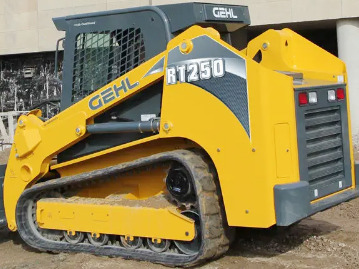 RT251
RT251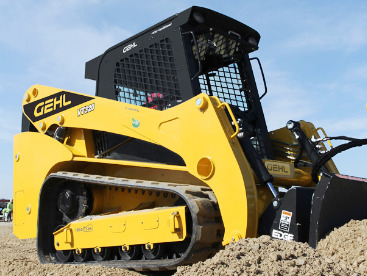 VT320
VT320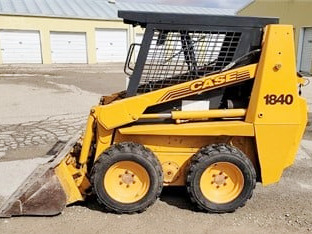 1840
1840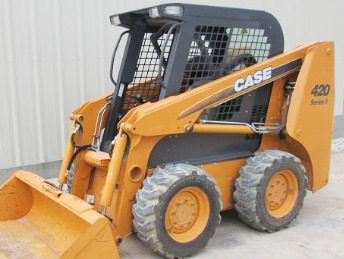 420
420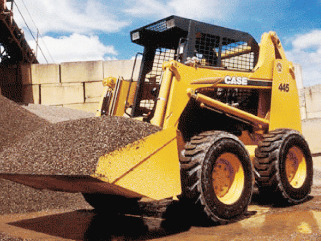 445
445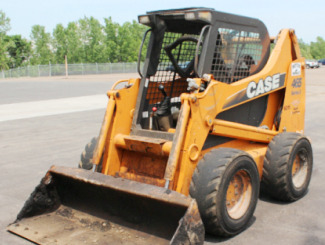 465
465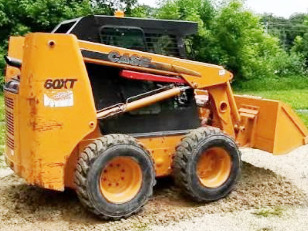 60XT
60XT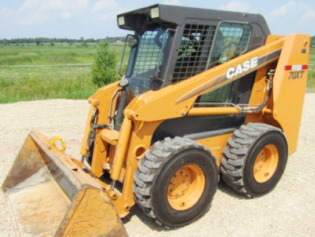 70XT
70XT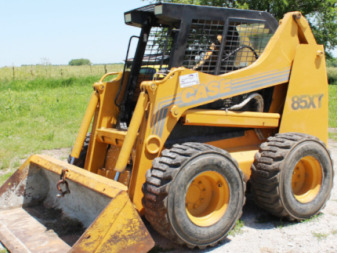 85XT
85XT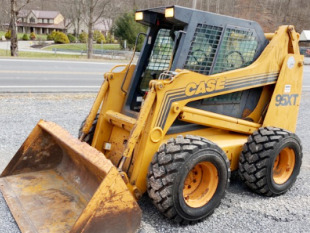 95XT
95XT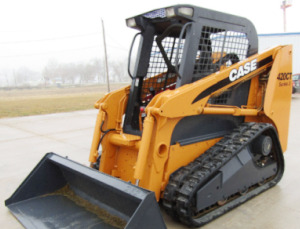 420CT
420CT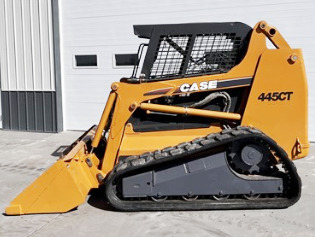 445CT
445CT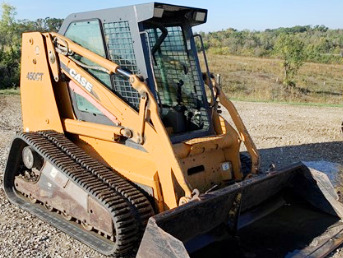 450CT
450CT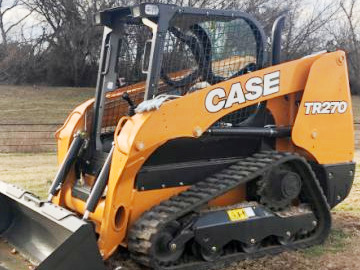 TR270
TR270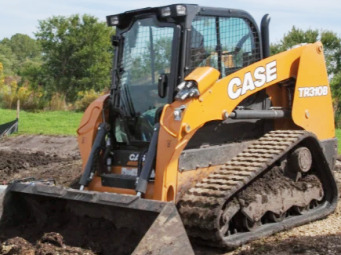 TR310B
TR310B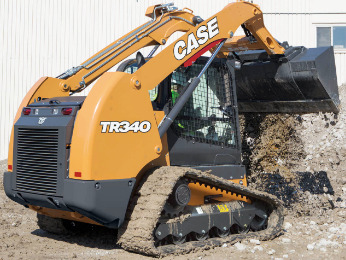 TR340
TR340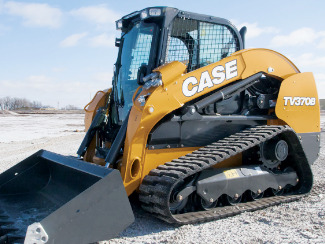 TV370B
TV370B